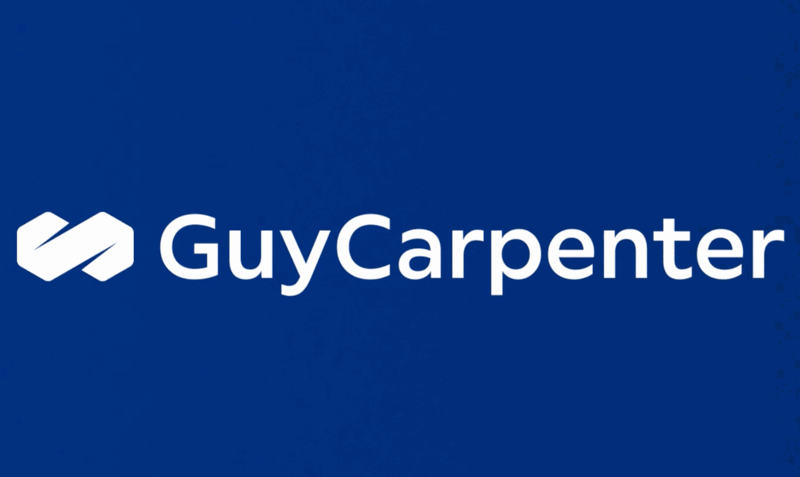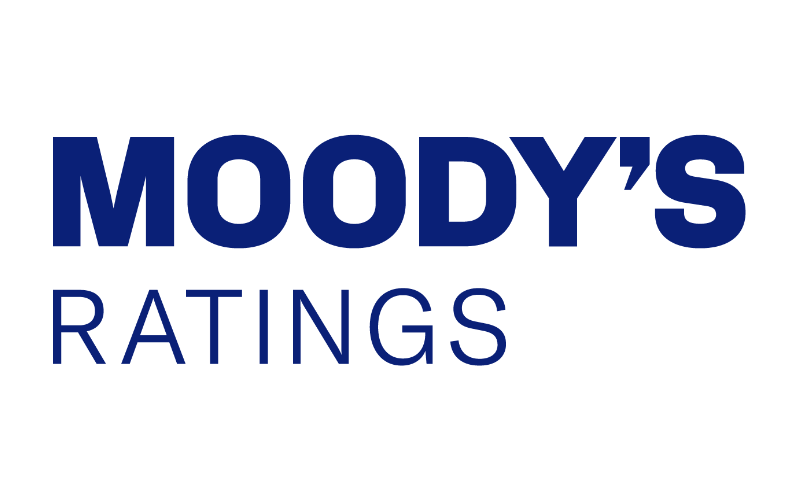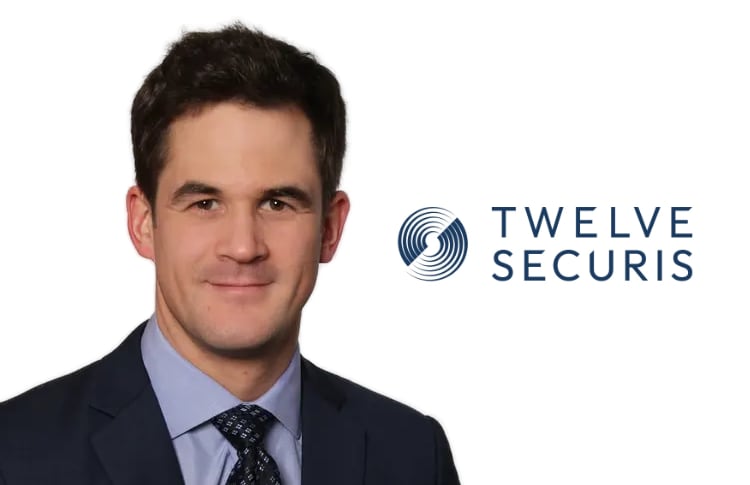
Direct proportional sidecar and quota share reinsurance or retrocession arrangements are helping that segment of the insurance-linked securities (ILS) market to expand after a few years of challenges, reinsurance broker Guy Carpenter has reported.These bilateral arrangements, between sidecar or quota share sponsor or ceding company and a usually larger institutional investor, have been seen as a way to develop stronger and more long-lasting relationships by both sides of the trade.Guy Carpenter calls the investors that usually back these sidecars and quota shares “foundational”, and they tend to represent some of the largest allocators in the ILS space, as they have the maturity and sophistication to directly enter into agreements with the largest reinsurance firms in the world.Given the challenges in the UNL retrocession market in recent years, there’s a strong chance these bilateral collateralised quota share reinsurance arrangements could become increasingly popular, offering another way to gain broad capital support for underwriting books and their losses.
“The sidecar or quota share market has grown despite past challenges of surprise losses, loss creep and collateral trapping.The increased allocation has come mainly through direct bilateral arrangements with foundational investors rather than through syndicated placements with dedicated insurance-linked securities (ILS) funds,” Guy Carpenter explained.The reinsurance broker said that there is a “keen differentiation across cedents” with these arrangements, as investors take into account their past underwriting experience, loss reporting and importantly the structures specific collateral release terms.
As well as pressure on the structural terms and conditions of sidecars and quota shares, Guy Carpenter also noted that “there is a real focus on the override.” Demand for capacity to support sidecar and quota share reinsurance arrangements continues to outstrip supply, the broker also explained, which is likely a reflection of the fact investors are being far more choosy about which sidecars or proportional arrangements to support and those that have been more loss-affected may find they struggle to renew as much capacity as they would really have liked to.There has also been a trend to re-negotiate terms and this has continued through the current renewal discussions.Which can present a challenge, as some reinsurers have grown to rely on the capital their private quota shares have provided to them, with the proportional nature of that capital meaning it has been treated as additional underwriting firepower in previous years.
Now shrunken, or gone completely in some cases, the lack of proportional ILS capital available to some former sidecar or quota share cedents can mean they are unable to write as much business, as they could before, as their balance-sheets cannot support as much in the way of premium.The reinsurers affected in this way may find themselves turning to other capital tools, some of which from the ILS market like index-triggered industry loss based catastrophe bonds, or ILW’s, could replace some of this capital and coverage, to a degree, which may partially explain the increased interest in sponsoring industry loss cat bonds over the last year.But if you can built a relationship with a “foundational” investor that can capitalise a sidecar balance-sheet and wants to participate broadly in your underwriting of catastrophe, or other, risks, then that could be a far better long-term play for a ceding reinsurance firm to enter into.
These bilateral sidecar relationships are expected to prove sticky, as with just one investor to service the sponsors of sidecars or quota shares can spend far more time on relationship building and most importantly on reporting and ensuring they are being very transparent on the performance of the subject business.On top of the growing trend towards bilateral proportional reinsurance arrangements with foundational investors, Guy Carpenter also noted the expansion of the sidecar sector, in terms of diversity of issues.In the last year the sidecar market has expanded to include structures focused on the legacy insurance market, as well as into casualty risks, both of which bode well for ongoing growth of this market.
For more details on reinsurance sidecar investments and transactions, including a number of bilateral arrangements, view our list of .———————————————————————.All of our Artemis Live insurance-linked securities (ILS), catastrophe bonds and reinsurance can be accessed online.Our can be subscribed to using the typical podcast services providers, including Apple, Google, Spotify and more.
Publisher: Artemis








